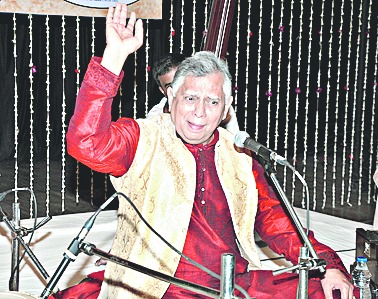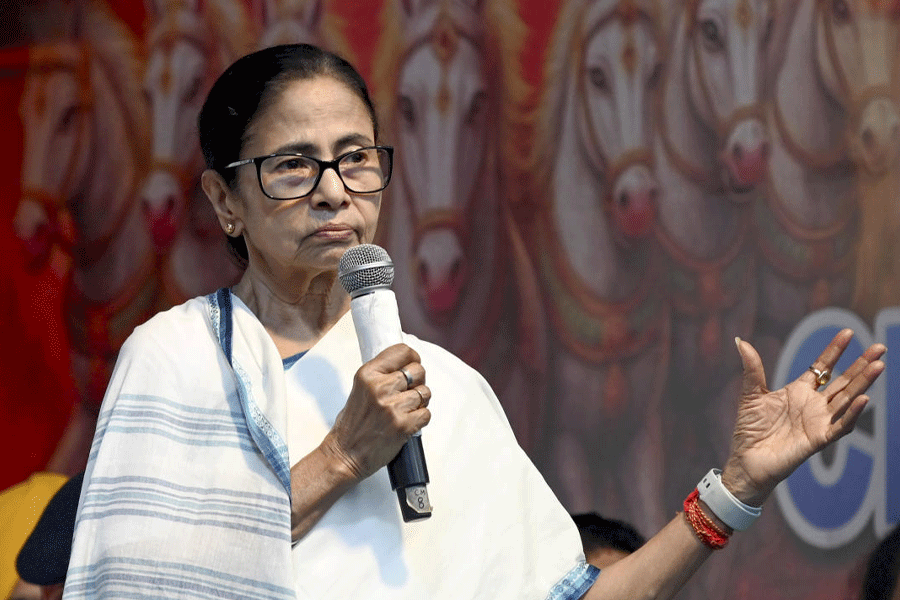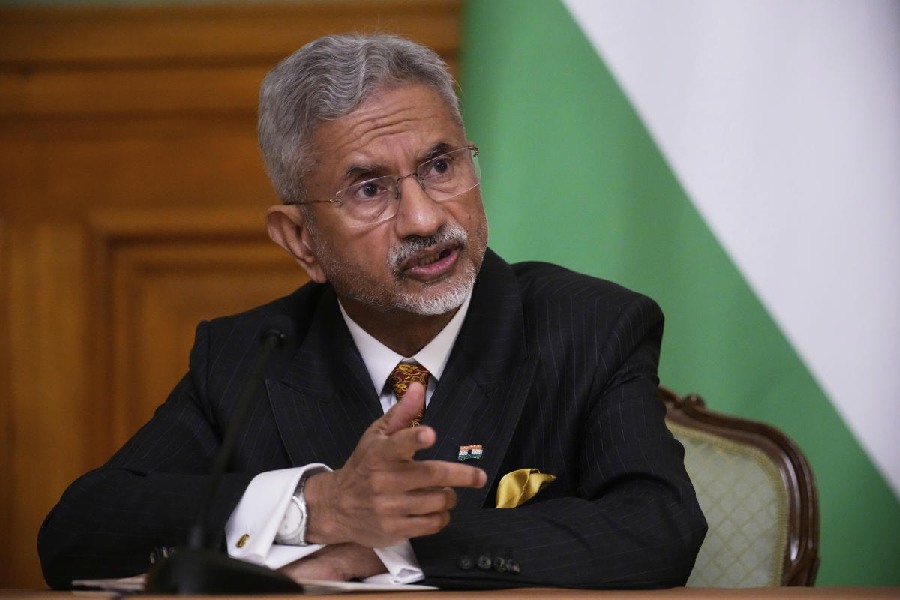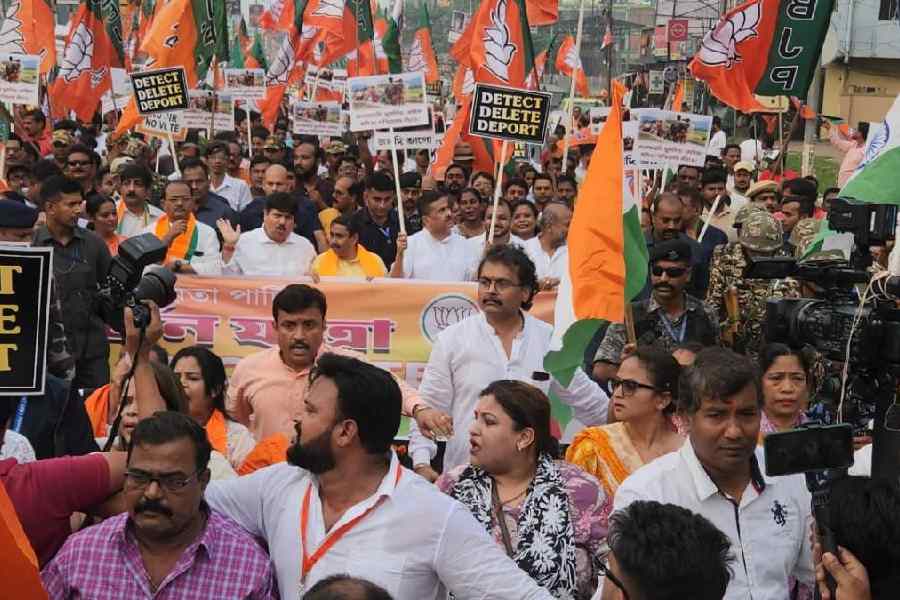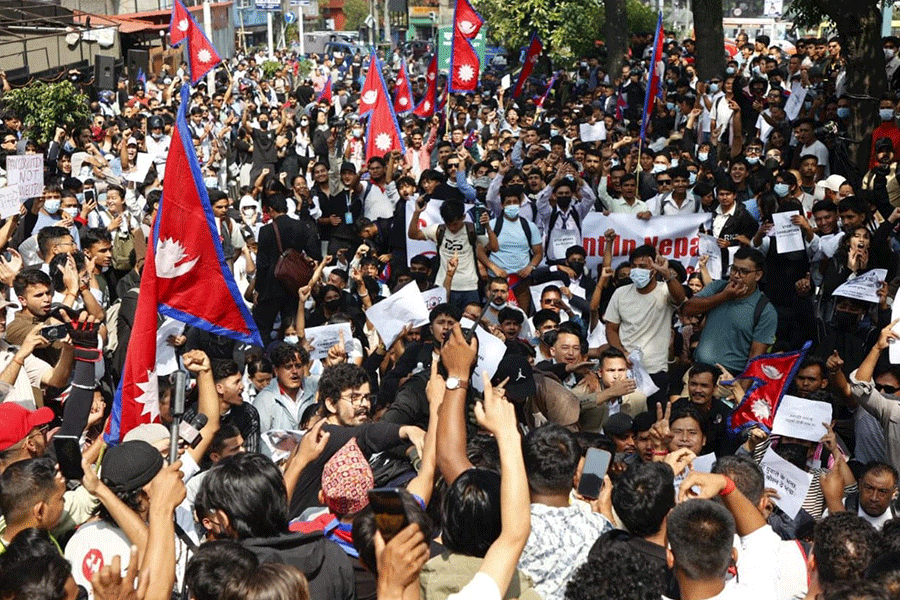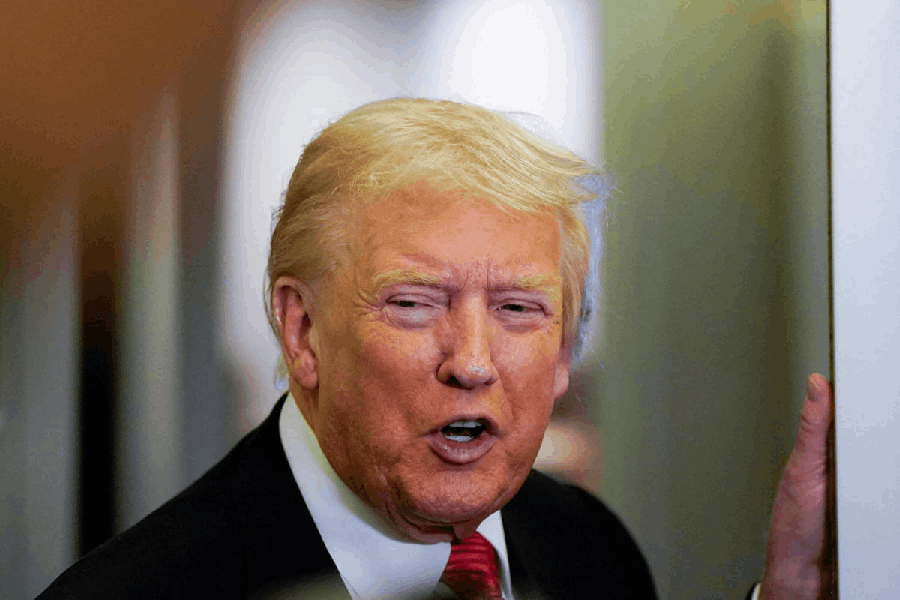
The city witnessed a solo performance by Vidyadhar Vyas at a programme in G.D. Birla Sabhagar that was organized by Sangeet Ashram. The artist commenced his presentation with the appropriate monsoon raga, Miyan ki Malhar, and sang a traditional bandish as vilambit kheyal in ektaal. He has a sombre yet generous voice and attracted the listeners with his gamak style.
The variable vistaars in three octaves were enchanting as well. Vyas mainly focused on the vistaars and boltaans, which were good but not exceptional. One expected more sargams and taans from him. He could have shown more creativity while rendering the keynotes of the raga such as both the shudhha and komal ni with some beautiful application.
The drut kheyal in teentaal was brief but enjoyable. The shift from Miyan ki Malhar to Megh was quite interesting as Vyas presented an authentic bandish of a famous composer, Sadarang. He brought out the flair of his voice as well as of his gharana through a madhyalay kheyal in adachowtaal. The artist decided to create the magic of monsoon with different colours and shades of Malhar. He sang " Jhuki ayi badariya sawanke" in Gaud Malhar, "Badarwa barasan lagi" in Sur Malhar, " Badarwa gahar aye" in Ramdasi Malhar, "Barse badariya sawan ke" in Jayanth Malhar, and a special tarana of Gwalior in Miyan ki Malhar. It completed a circle. This arresting Malhar medley was a testimony to his proficiency in presenting a balanced performance. Only, Vyas's teacher persona seemed to cloud his performer self a little in this song cycle. The artist concluded his performance with a famous bhajan by D.V. Paluskar, "Jab Janakinatha sahay kare." He was ably accompanied by Sanjay Adhikari on tabla and Rupashree Bhattacharya on harmonium.
S urer Bandhane organized by Geetika was based on the theme of Tagore's bhanga gaan, which actually refers to most of the 'inspired songs' of Tagore, and the inspiration came from India as well as from abroad. The first half of the programme was divided into parts such as the presentation of songs mostly influenced by North Indian classical, South Indian compositions, puratanis of East and bhajans of the West. The script included Western influences as well. The artists, Chandrabali Rudra Dutta and Deepavali Dutta, sang well.
Deepavali's voice and singing style are sweet but she needed clarity at times. She tried her best to bring out the essence of these songs. The narration by Madhumita Basu was good but there was nothing in it that was new. The inclusion of the much-heard and the regularly performed songs made the programme monotonous at times. The predictable musical jargon in the arrangement was not sweet to the ears. Rather, the second part of the programme, where musical pairs such as Manoj and Manisha Murali Nair, Swarup and Swati, Suman and Debashree, presented Rabindrasangeet of their choice, was quite refreshing. A fixed concept did not tie them down.

